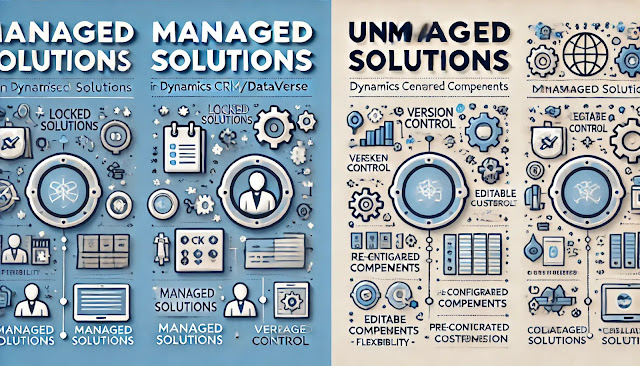Dynamics 365 Field Service : Create and manage functional locations
In the world of field service, knowing exactly where your work needs to happen is just as important as what work needs to be done. Whether it’s a factory, an office building, a hospital wing, or a power plant—locations matter. That’s where Functional Locations come into play in Dynamics 365 Field Service.
Let’s take a deep dive into what Functional Locations are, why they’re useful, and how to create and manage them effectively in your Field Service setup.
What Are Functional Locations?
Functional Locations are physical places where field service work can be performed. Think of them as specific serviceable spots within a customer’s premises.
These could be:
- A building floor (e.g., 3rd Floor, East Wing)
- A particular room (e.g., Server Room, Lab 1)
- A piece of industrial equipment’s site (e.g., Boiler Room, Oil Tank 4)
- Sub-locations under a main address
They help organizations organize, plan, and report on service activities more granularly. Instead of only tagging everything to a customer account or address, Functional Locations let you track "where" exactly the work was done.
Why Use Functional Locations?
Here’s why you’d want to use Functional Locations in your field service processes:
How to Create a Functional Location in D365 Field Service
Step 1: Navigate to Functional Locations
- Go to the Field Service app.
- In the left-hand navigation, click on Functional Locations under the Assets and Locations section.
Step 2: Create a New Location
- Click + New to open the creation form.
Step 3: Fill in Key Fields
Step 4: Save
- Once saved, the location can now be used in assets, work orders, inspections, and more.
Managing Functional Locations
View and Search
You can view all existing locations in the Functional Locations grid. Use filters, views, or advanced find to quickly locate what you need.
Build Hierarchies
You can nest locations to reflect real-world structures:
Head Office (Parent)
├── Building A
│ ├── Floor 1
│ │ ├── Room 101
│ │ └── Room 102
│ └── Floor 2
└── Warehouse Area
This is useful for service teams working in large, complex facilities.
Associate with Assets
When you create or edit a Customer Asset, you can assign it to a Functional Location. This creates a tighter link between what needs service and where it is located.
Assign in Work Orders
While creating a Work Order, you can now select a Functional Location along with the customer. This ensures technicians are routed precisely.
Best Practices
- Use consistent naming conventions (e.g., Bldg-A-Floor2-Room5)
- Keep hierarchies logical and manageable
- Regularly audit for unused or duplicate locations
- Train field technicians to reference these locations for better job accuracy
- Use Power BI or dashboards to analyze service frequency per location
Related Features
- Customer Assets – Assign them to functional locations
- Work Orders – Route and schedule based on location
- IoT Alerts – Monitor and respond based on where the asset is installed
- Mobile App – Field agents can see exact locations with maps and directions
Conclusion
Functional Locations in Dynamics 365 Field Service might seem like a small feature, but they bring clarity, accuracy, and efficiency to your field operations. Especially in industries like manufacturing, healthcare, or real estate management, the ability to specify and manage exact service locations is a game-changer.
Whether you’re just starting or looking to improve your Field Service deployment, investing time in setting up and managing Functional Locations is a smart move.














Comments
Post a Comment